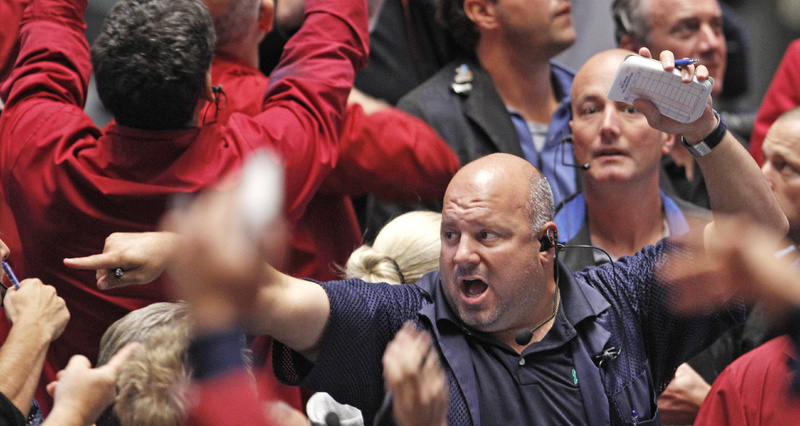WASHINGTON – The Federal Reserve will use more than $400 billion to try to drive down long-term interest rates, make home and business loans cheaper and invigorate the economy.
Analysts said the moves would provide only a slight economic benefit.
The action the Fed announced Wednesday is modest compared with previous steps it’s taken. The Fed won’t expand its $2.9 trillion holdings; it’s just rebalancing them.
It will sell $400 billion of its shorter-term Treasurys to buy longer-term Treasurys by June 2012. And it will reinvest principal payments from its mortgage-backed securities, to help keep mortgage rates at super-low levels.
Fed policymakers announced the moves after a two-day meeting. Three members out of 10 dissented from the decision. The Fed acted despite criticism from Republicans who have warned that such steps could ignite inflation.
“The actions the Fed has taken are helpful,” says Josh Feinman, global chief economist at DB Advisors. “They will help hold down long-term rates, but they’re no panacea.”
The Fed left open the possibility of taking further action to try to strengthen the economy.
Stocks dropped immediately after the announcement at 2:15 p.m. and then continued falling. The Dow Jones industrial average closed down about 283 points. The yield on the 10-year Treasury note tumbled, and its price rose.
The plan the Fed unveiled Wednesday, dubbed “Operation Twist,” resembles a program the Fed used in the early 1960s to “twist” long-term rates lower relative to short-term rates.
In its statement, the Fed noted that the economy is growing slowly, unemployment is high and housing remains in a prolonged slump.
Under its plan, the Fed will extend the average maturity of its holdings from six years to eight years. The Fed has directed the New York Fed to buy Treasurys with remaining maturities of six to 30 years, and to sell an equal amount of securities with maturities of three years or less.
Analysts say the shift in the Fed’s portfolio could reduce borrowing costs and perhaps raise stock prices.
“This is a measured response to weak economic conditions,” said David Jones, head of DMJ Advisors and the author of four books on the Fed. “The Fed is still trying but it can only do so much.”
In June, the Fed completed a $600 billion bond-buying program that many economists have credited with keeping rates low.
He said that just the market anticipation of the Fed’s Operation Twist had sent long-term rates down by around 25 basis points for the 10-year bond. He said that without the Fed’s move Wednesday, those rates would have risen.
With the move, he predicted the 10-year bond would probably fall by another 5 basis points.
Once the Fed announced last month that it would expand its September policy meeting from one to two days, economists anticipated some new action. Chairman Ben Bernanke had said the Fed was considering a range of options.
The Fed’s move Wednesday came despite a rift within the central bank.
The three members who dissented also did so at the Fed’s August meeting – the most negative votes in nearly two decades.
The three dissenters – Richard Fisher, Narayana Kocherlakota and Charles Plosser, all regional Fed bank presidents – have said the Fed’s policies may be raising the risk of high inflation.
They favor giving the economy more time to heal without further Fed action.
Send questions/comments to the editors.



Success. Please wait for the page to reload. If the page does not reload within 5 seconds, please refresh the page.
Enter your email and password to access comments.
Hi, to comment on stories you must . This profile is in addition to your subscription and website login.
Already have a commenting profile? .
Invalid username/password.
Please check your email to confirm and complete your registration.
Only subscribers are eligible to post comments. Please subscribe or login first for digital access. Here’s why.
Use the form below to reset your password. When you've submitted your account email, we will send an email with a reset code.